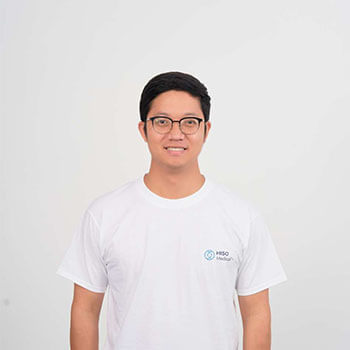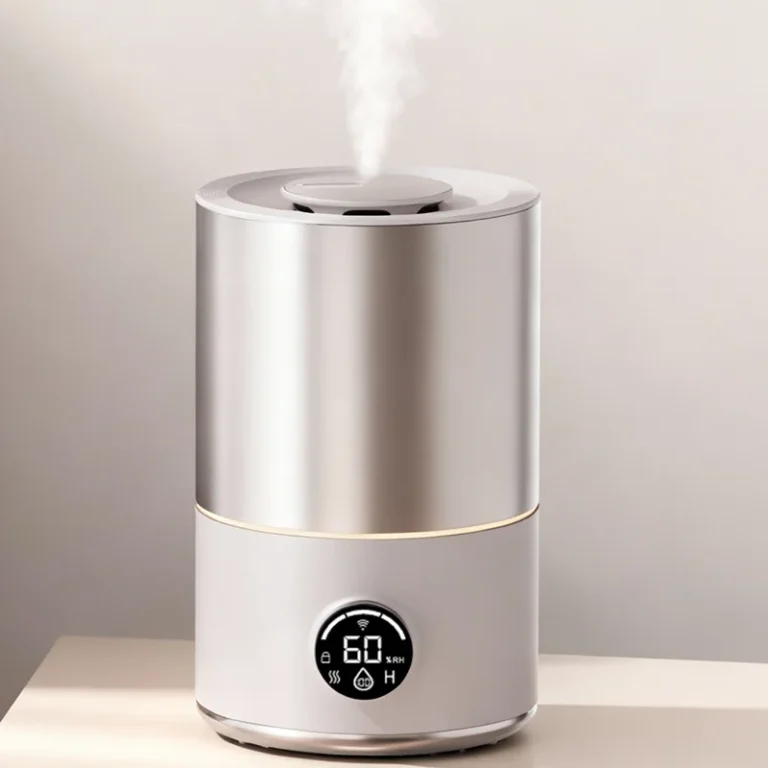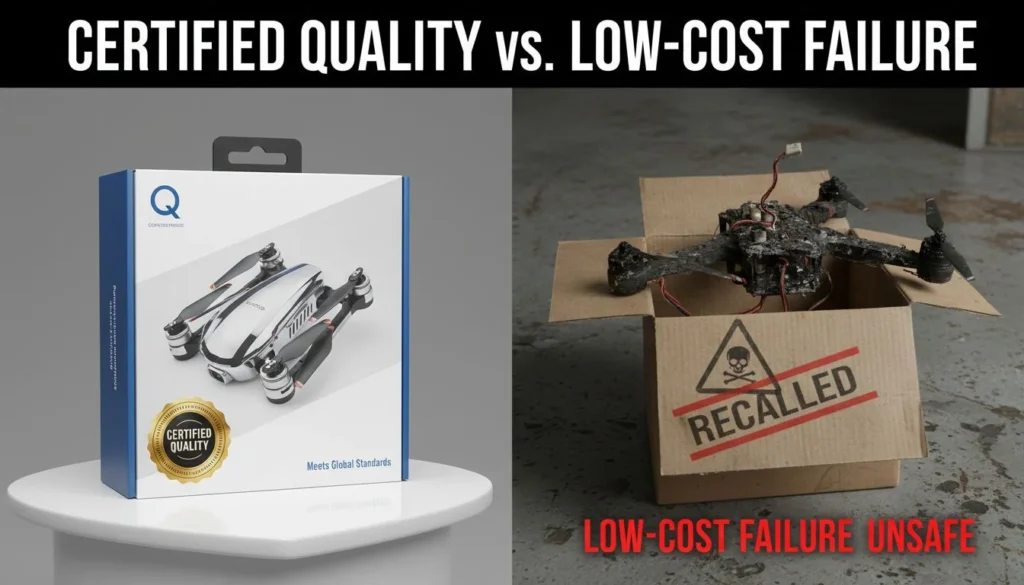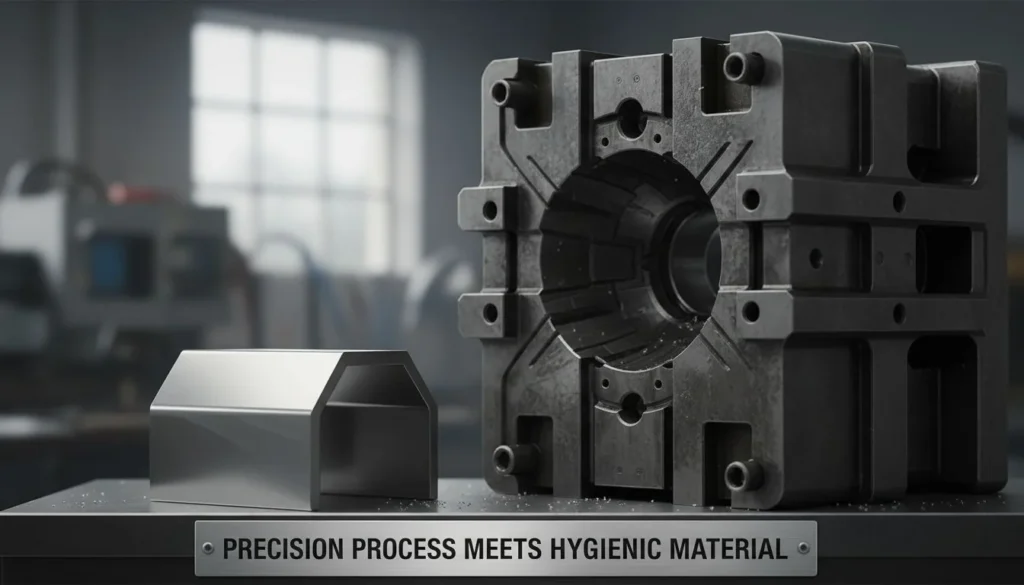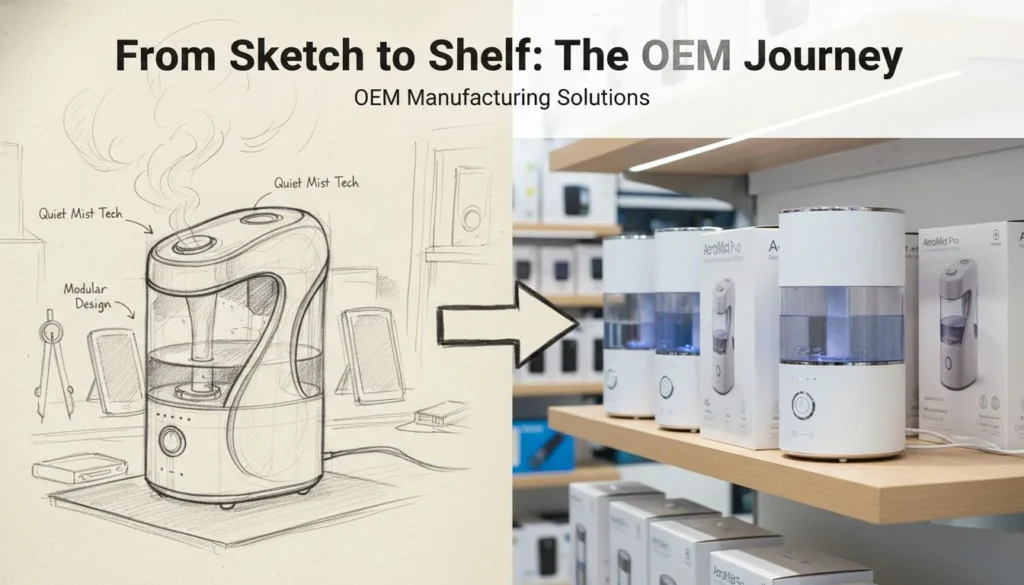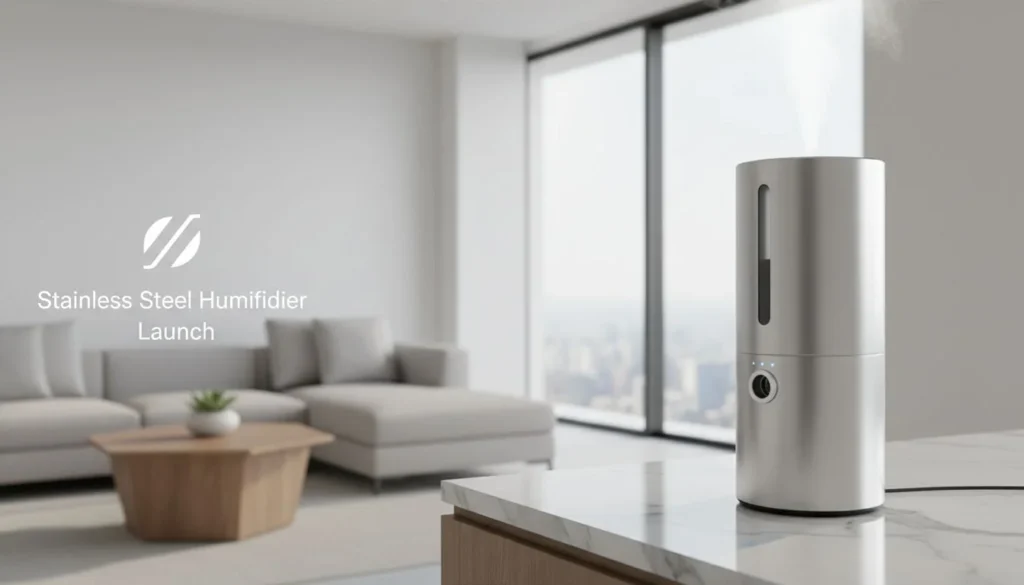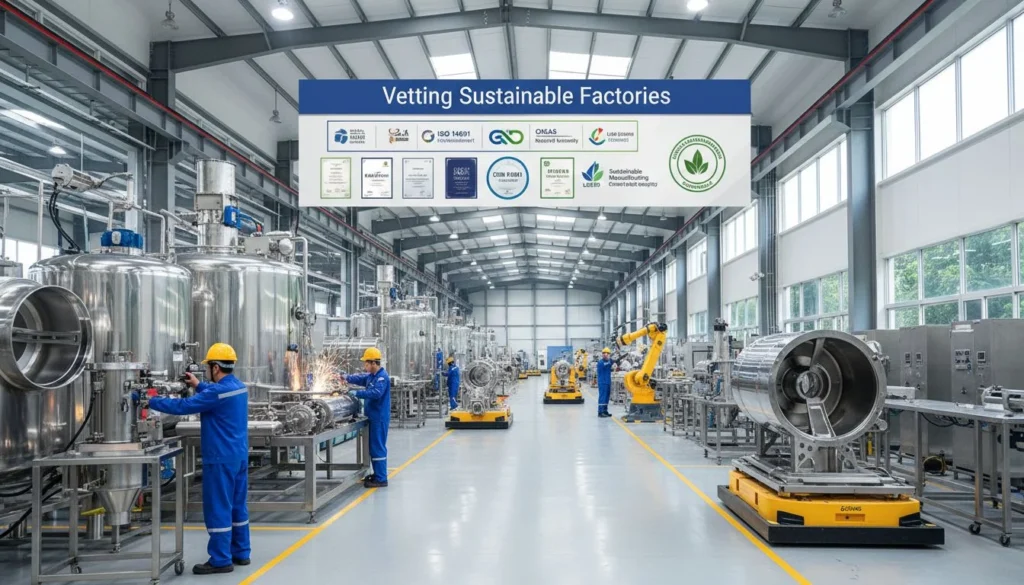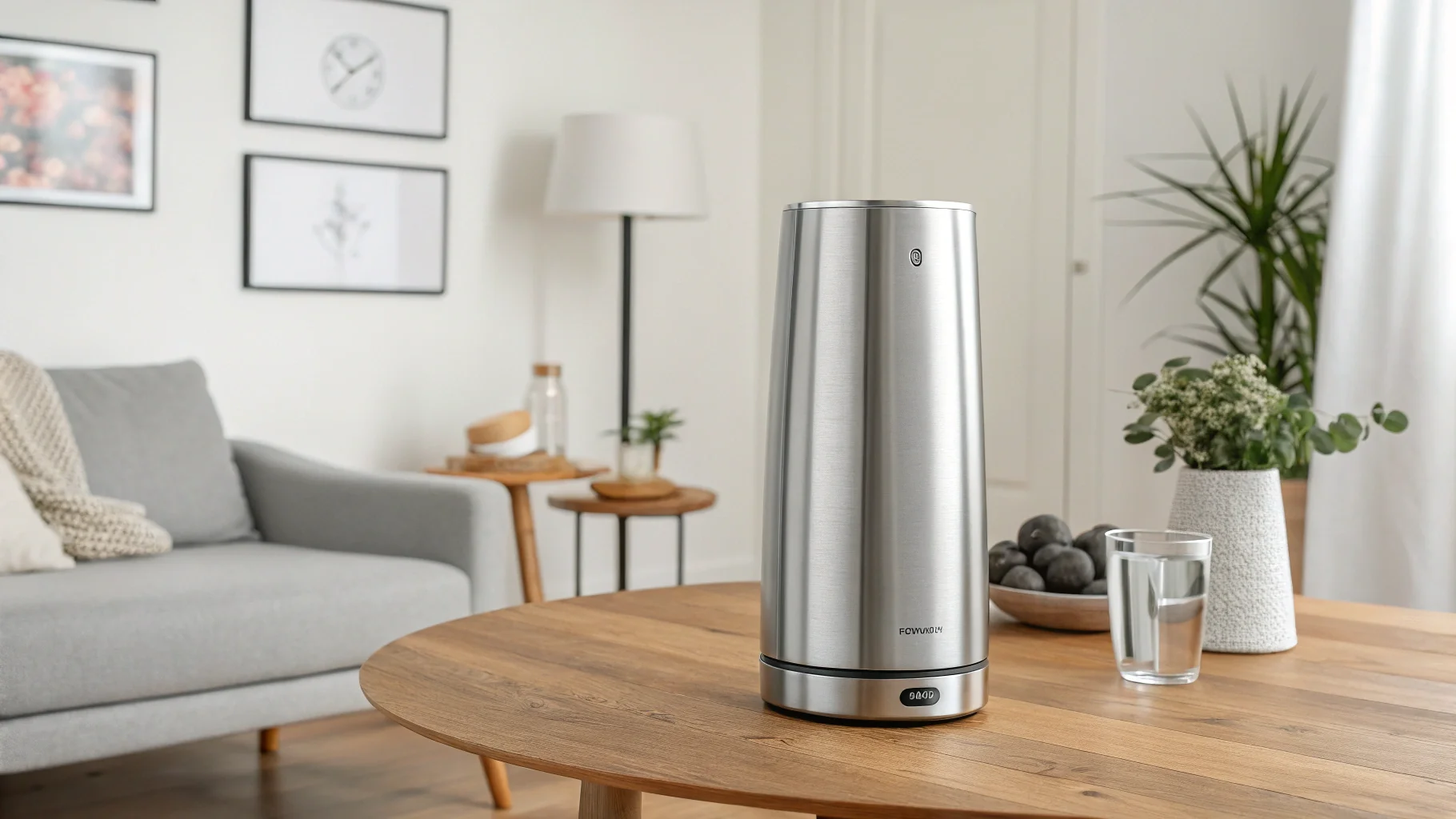
Tired of humidifiers that cause more problems than they solve? They promise relief but deliver white dust and mold fears. I'll show you how to build something truly better.
For D2C brands, a unique product1 is the foundation for success. It requires a clear, step-by-step process to develop a product from concept to market. This involves spotting a pain point, defining a vision, prototyping, tooling, creating a brand story, and launching with a data-driven strategy.
For D2C brands, a unique and innovative product is the basic to be successful in the consuming market.Правда
In a crowded D2C landscape, product differentiation is a key driver of customer acquisition and retention. Unique features and innovation allow brands to carve out a niche and command premium pricing.
In my 20 years in the air quality industry, I've seen many brands fail because they skip crucial steps. They have a good idea but no solid process. A successful product launch is not about luck. It is about a deliberate plan. Let's break down that process, step by step. This will help you avoid common mistakes and build a product customers want. This is the roadmap we use to turn innovative ideas into market-leading products.
How Do You Find a Winning Product Idea and Define Its Vision?
Guessing what customers want is a recipe for failure. You can waste a lot of time and money on a product nobody really needs. Let's use data to find a real problem to solve.
Start with data-backed pain points, like health concerns over bacteria in typical humidifiers. Then, create a clear "Jobs-to-Be-Done2" statement. This defines exactly what your product must do for the customer. It will guide every single design decision from the very beginning.
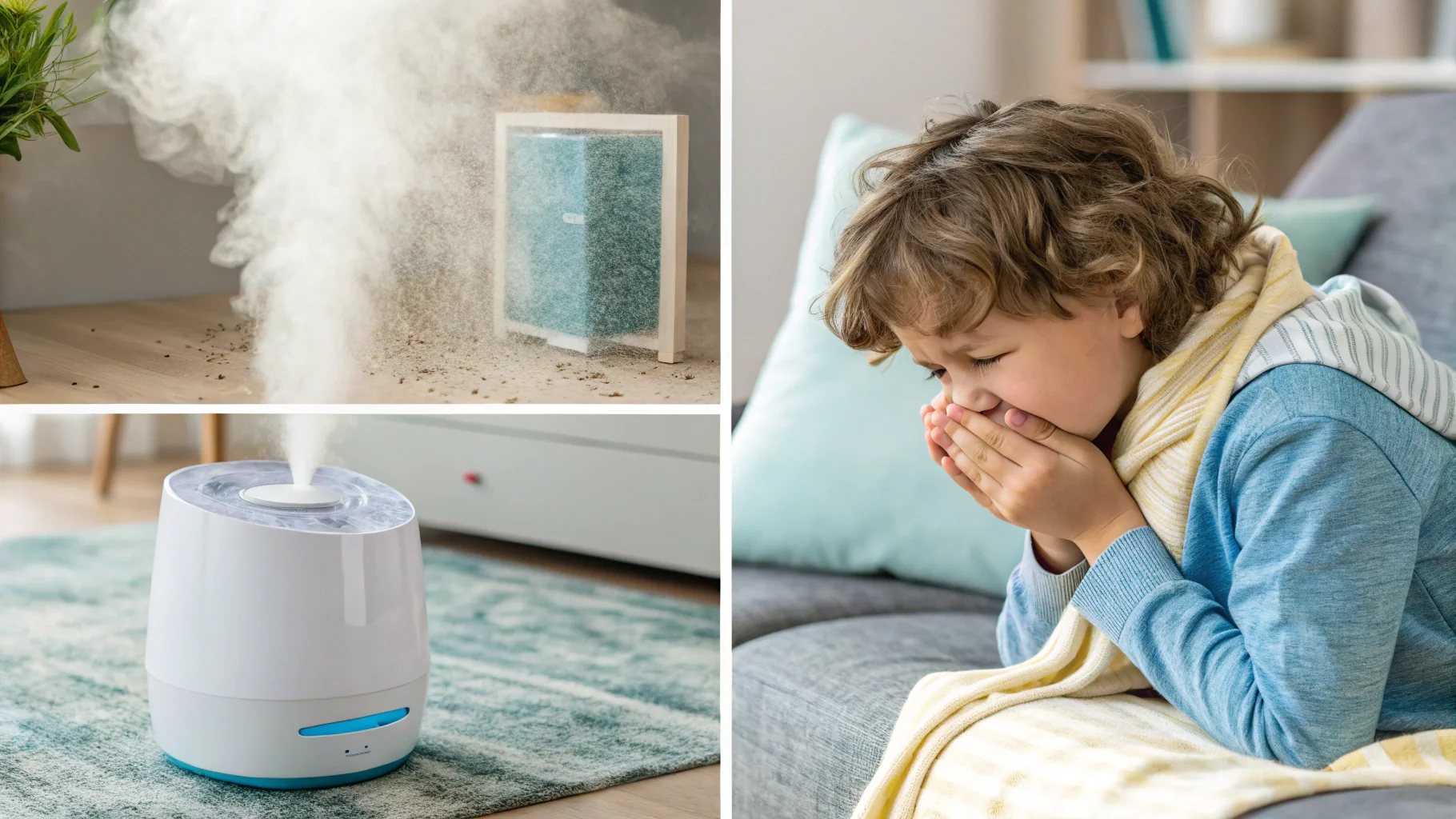
Step 1: Spotting (and Quantifying) the Pain Point
Everything starts with a problem. A real, quantifiable problem. In the humidifier market, the problems were obvious to me. I saw a rising demand for better indoor air quality. Parents were especially concerned about their kids' respiratory issues during dry winter seasons. But the existing solutions were flawed. Standard ultrasonic humidifiers are notorious for creating "white dust" – mineral deposits from tap water that settle on furniture. More importantly, their water tanks are breeding grounds for bacteria and mold. People were buying a health product that could potentially make them sick. This is not just a feeling; you can see it in search trends for "mold-free humidifier" and "humidifier for baby without white dust." These are data-backed signs of strong demand for a better solution.
Step 2: Defining the Product Vision & Success Metrics
Once you know the problem, you need a clear vision for the solution. We use the "Jobs-to-Be-Done" (JTBD) framework. It's simple. You're not just selling a humidifier; you're "hiring" it to do a job. What job does the customer need done?
We defined our core JTBD statements like this:
| Job Statement | The "Why" Behind It |
|---|---|
| I want to maintain ideal humidity without white dust or bulky tanks. | This targets the core functional failures of existing ultrasonic and evaporative models. |
| I want a humidifier that uses tap water but kills all bacteria. | This addresses the major health concern and the inconvenience of buying distilled water. |
| I want a product made from premium, safe materials like stainless steel. | This speaks to the health-conscious consumer who is wary of plastics (like PVC) and potential VOCs. |
| I want a device that boils water to 100°C to ensure sterilization. | This provides a clear, understandable mechanism for how we achieve a clean, hygienic mist. It builds trust. |
This vision becomes our north star. Every feature, every material choice, and every marketing claim must align with these jobs.
All ultrasonic humidifiers create harmful VOCs from their plastic tanks.Ложь
While some low-quality plastics can off-gas, this is an overgeneralization. The primary health concern with ultrasonic humidifiers is the aerosolization of minerals (white dust) and microorganisms from untreated water, not necessarily VOCs from the tank material itself.
Boiling water to 100°C (212°F) is an effective method for killing most bacteria and viruses.Правда
This process, known as pasteurization or sterilization, denatures the proteins in microorganisms, rendering them harmless. It's a globally recognized method for water purification.
What's the Smartest Way to Develop a Prototype and Prepare for Production?
You have a brilliant idea, but how do you actually build it? Working with the wrong partners can lead to endless delays, poor quality, and wasted investment. A one-stop solution is the answer.
The key is to find a professional supplier who can handle everything from concept design to functional prototypes and tooling. This validates your idea early, saves money, and ensures a smooth transition to mass production. It's about building a partnership, not just buying a part.
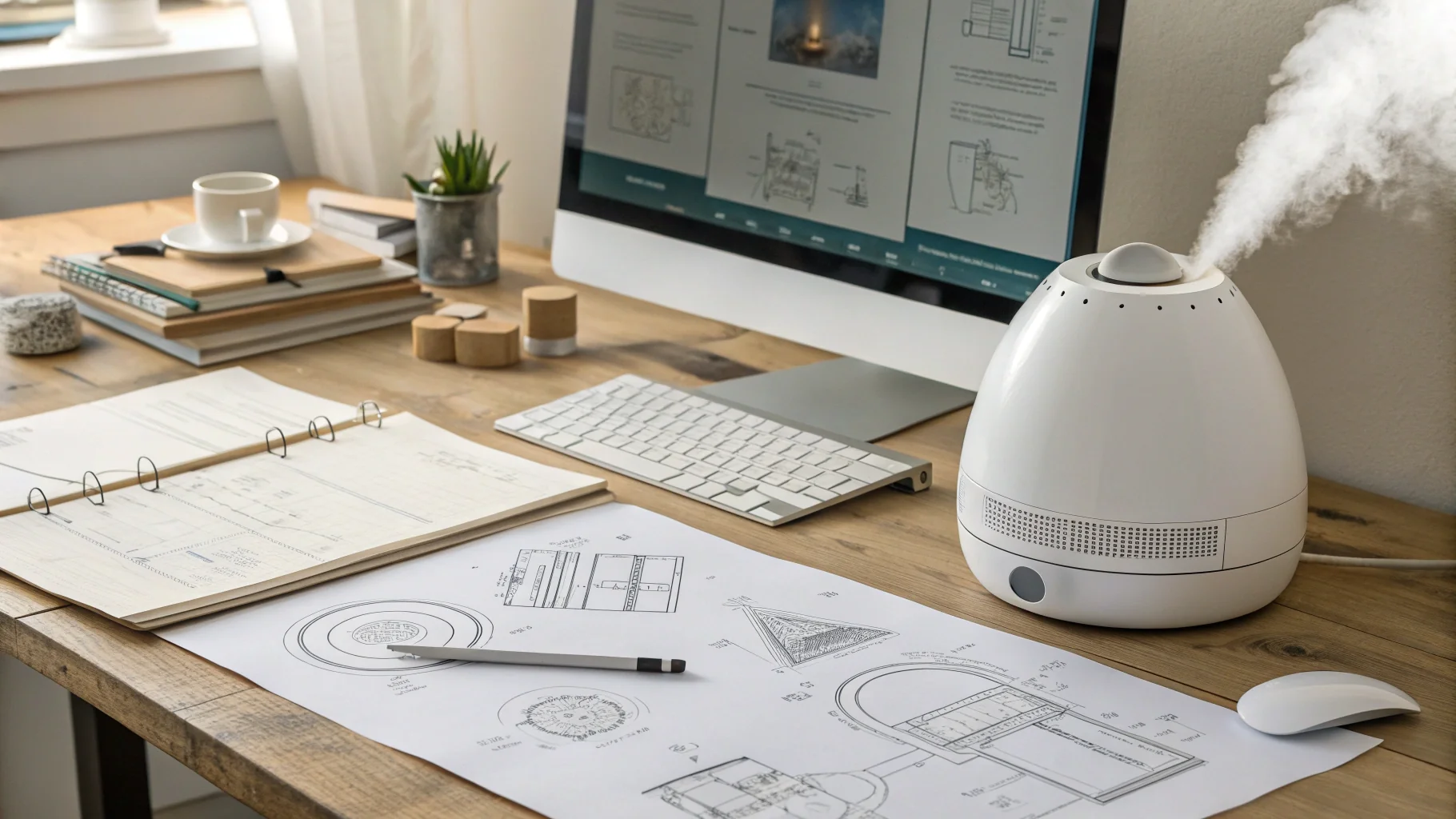
Step 3: Concept Design + Prototyping
This is where your vision starts to become a physical reality. For a product as specific as our stainless steel, boiling humidifier, you can't just pick a model from a catalog. You need a development partner. As a buyer or brand owner, your most critical decision is finding a reliable and professional supplier who can offer a one-stop solution. A partner like my company, HisoAir, can take your JTBD statements and translate them into concrete designs.
We start with concept sketches and 3D renderings. This helps visualize the aesthetics and ergonomics. Once the look is approved, we move to the most important part: the функциональный прототип3. This is not just a pretty model. It's a working version of the product that proves the core technology works. Can it really boil tap water safely and efficiently? Does the stainless steel design prevent leaks? The functional prototype answers these questions. It allows you to test your core assumptions and validate the entire concept before you commit to the huge expense of production tooling. This step is non-negotiable for creating an innovative product.
Step 4: Product Tooling and Mass Production Verification
Once your functional prototype is approved, it's time to prepare for mass production. This stage requires significant investment, primarily for tooling. Tooling refers to the custom molds and machinery needed to manufacture your product's unique parts. For our humidifier, this meant creating molds for the outer casing and specialized tools for shaping the stainless steel water reservoir.
This is another area where a good partner is invaluable. They can provide accurate cost estimates and realistic timelines. They manage the tooling process and then run a pilot production, often called a "trial production run." This run produces a small batch of units to verify that everything works at scale. We check for consistent quality, assembly efficiency, and any potential manufacturing defects. This verification step is crucial. It catches problems before you've produced thousands of faulty units, saving you from costly recalls and damage to your brand's reputation. It's a major financial commitment, but it's the bridge from a single prototype to a market-ready product.
Product tooling is a minor, one-time expense in the product development cycle.Ложь
Tooling is often one of the most significant upfront investments in hardware development, sometimes costing tens or even hundreds of thousands of dollars. It is a major financial gate that must be passed before mass production can begin.
A functional prototype is essential for testing a product's core technology before investing in expensive tooling.Правда
A functional prototype validates that the product's fundamental mechanics and electronics work as intended. This de-risks the project significantly, ensuring that the core concept is viable before committing to the high cost of mass production molds.
How Do You Successfully Launch and Scale Your New Product?
A great product is not enough if no one knows it exists. A weak launch means you lose all your momentum before you even start. You need a strategic plan to make a big splash.
A powerful launch combines a compelling brand story4 with a multi-channel sales strategy, like using crowdfunding to build buzz before moving to a DTC site. After launch, you must track key data, have a crisis plan, and find ways to increase customer lifetime value.
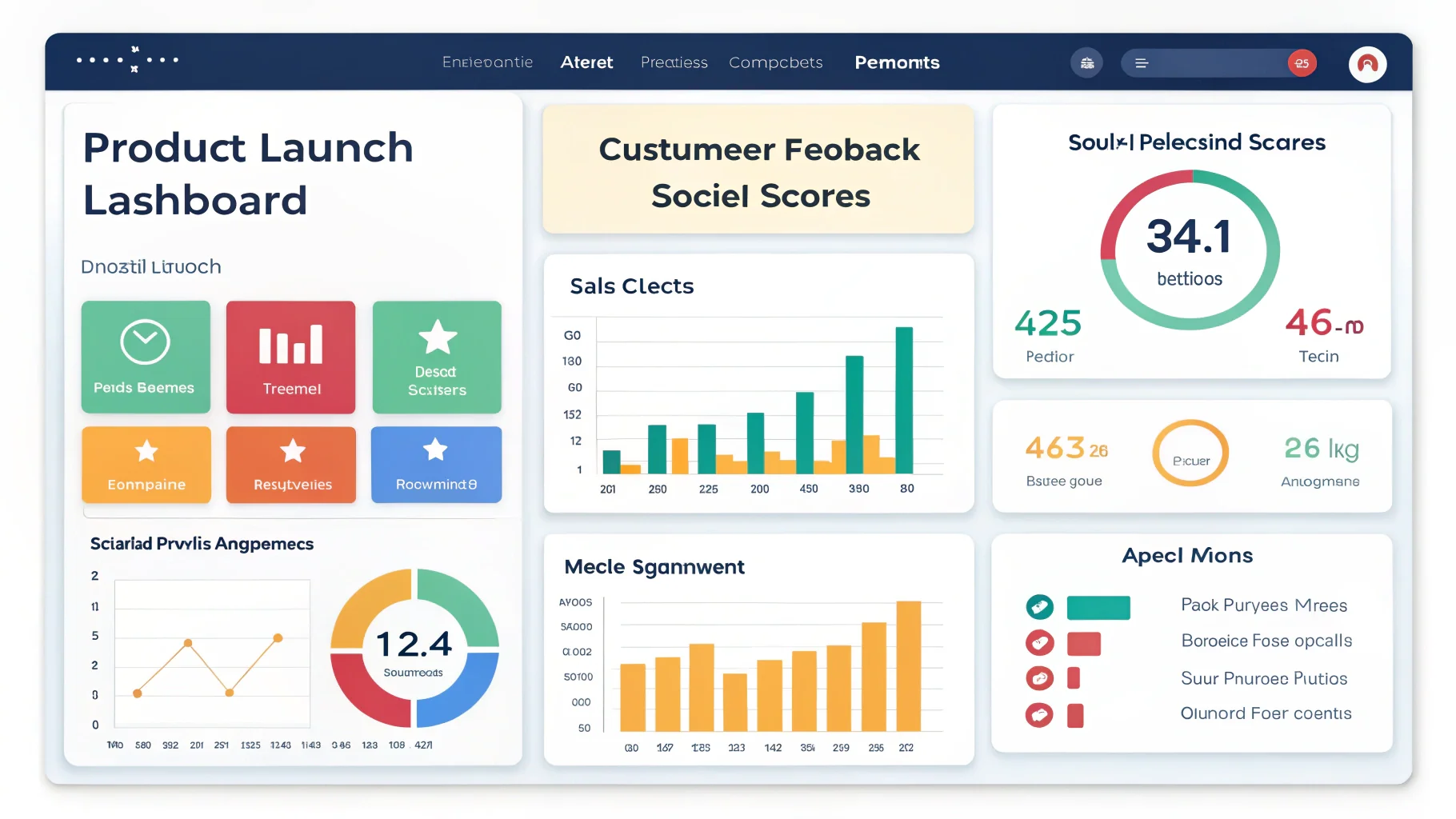
Step 5: Brand Story + Go-to-Market Setup
With a verified product ready for production, you need to build the story around it. Who is this for? Why should they care? For our premium humidifier, the target customer is clear: health and wellness-conscious individuals. They understand the value of safe materials like stainless steel and are willing to pay a premium for a product that truly protects their family's health.
Your brand story must reflect this. It's not just about humidity; it's about purity, safety, and peace of mind. This story informs your entire go-to-market (GTM) strategy. We planned a phased launch to build momentum and manage risk:
- Teaser Campaign: Build an email list of interested customers before the product is available.
- crowdfunding5 (e.g., Kickstarter): This is a fantastic way to validate market demand and secure initial orders without holding massive inventory. You can even start this after you have a solid functional prototype to save on upfront costs.
- Direct-to-Consumer (DTC) Site: After a successful Kickstarter, launch your own Shopify or similar e-commerce site for higher profit margins.
- Amazon FBA: Expand your reach by tapping into Amazon's massive customer base.
We also identified key influencers to seed the product with, focusing on pediatric and plant-care communities who have a genuine need for clean humidity.
Step 6: Launch, Measure & Optimize
Launch day is just the beginning. Now the real work starts. You need to be obsessed with data. We had a Day-0 dashboard ready to track essential metrics: website sessions, add-to-cart rates, conversion rates, and Net Promoter Score (NPS). We also monitored support tickets closely to identify any early product issues or customer confusion.
You must also plan for the worst. We had a crisis plan in place. For example, what if a batch had a defect like a cracked tank? We had a clear recall path defined to handle it quickly and protect our customers and brand.
Finally, a successful launch is about building long-term value. We planned for this from the start. We offered filter-pack subscriptions for recurring revenue. We also built the product with the ability to receive over-the-air (OTA) firmware updates. This allowed us to add new features later, like a "night mode" that dims the display, delighting customers and keeping the product fresh. After the initial launch phase, we held a retrospective to analyze what worked, what surprised us, and what we would do differently for the next-generation product roadmap.
A Kickstarter campaign can only be launched after mass production is complete.Ложь
Many successful Kickstarter campaigns are launched with a functional prototype. This allows creators to gauge market interest and raise funds for tooling and the first production run, reducing financial risk.
Offering post-purchase subscriptions, like for filters, increases a product's Customer Lifetime Value (LTV).Правда
LTV is the total revenue a business can expect from a single customer account. Subscriptions create a recurring revenue stream, significantly increasing the total value derived from each customer beyond the initial hardware purchase.
Заключение
This six-step process, from identifying a pain point6 to post-launch optimization, is your roadmap. It turns a great idea into a successful, premium D2C product that truly stands out.
References
-
Understanding the elements of a unique product can help brands differentiate themselves in a competitive market. ↩
-
Exploring the JTBD framework can provide insights into aligning product features with customer needs. ↩
-
A functional prototype validates core technology and reduces risks before mass production. ↩
-
A strong brand story can enhance customer connection and drive engagement with the product. ↩
-
Crowdfunding can validate market demand and secure initial funding, reducing financial risks. ↩
-
Identifying pain points is crucial for creating products that truly meet customer needs and drive sales. ↩

